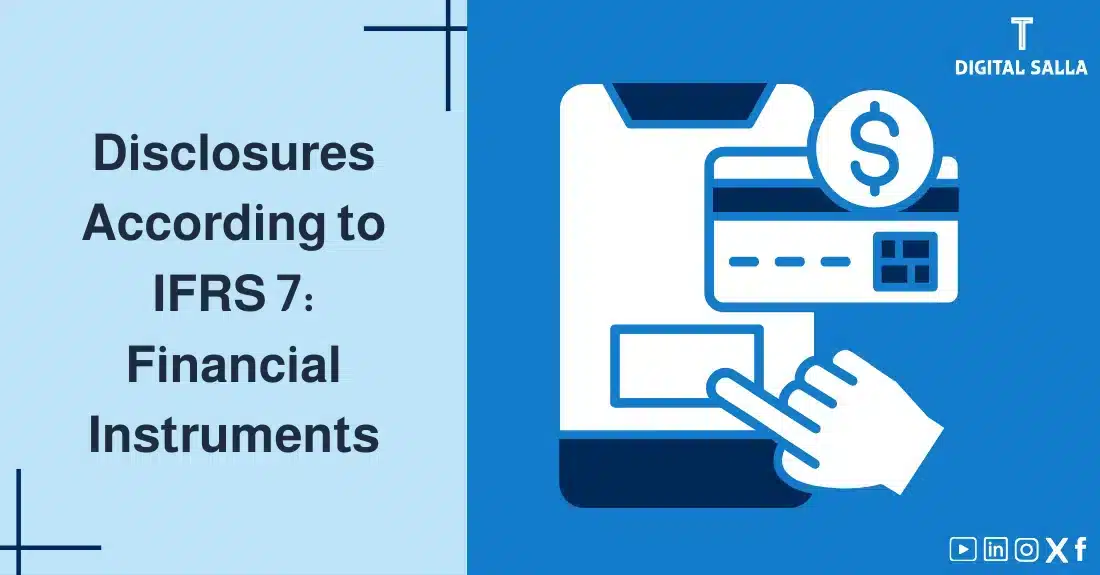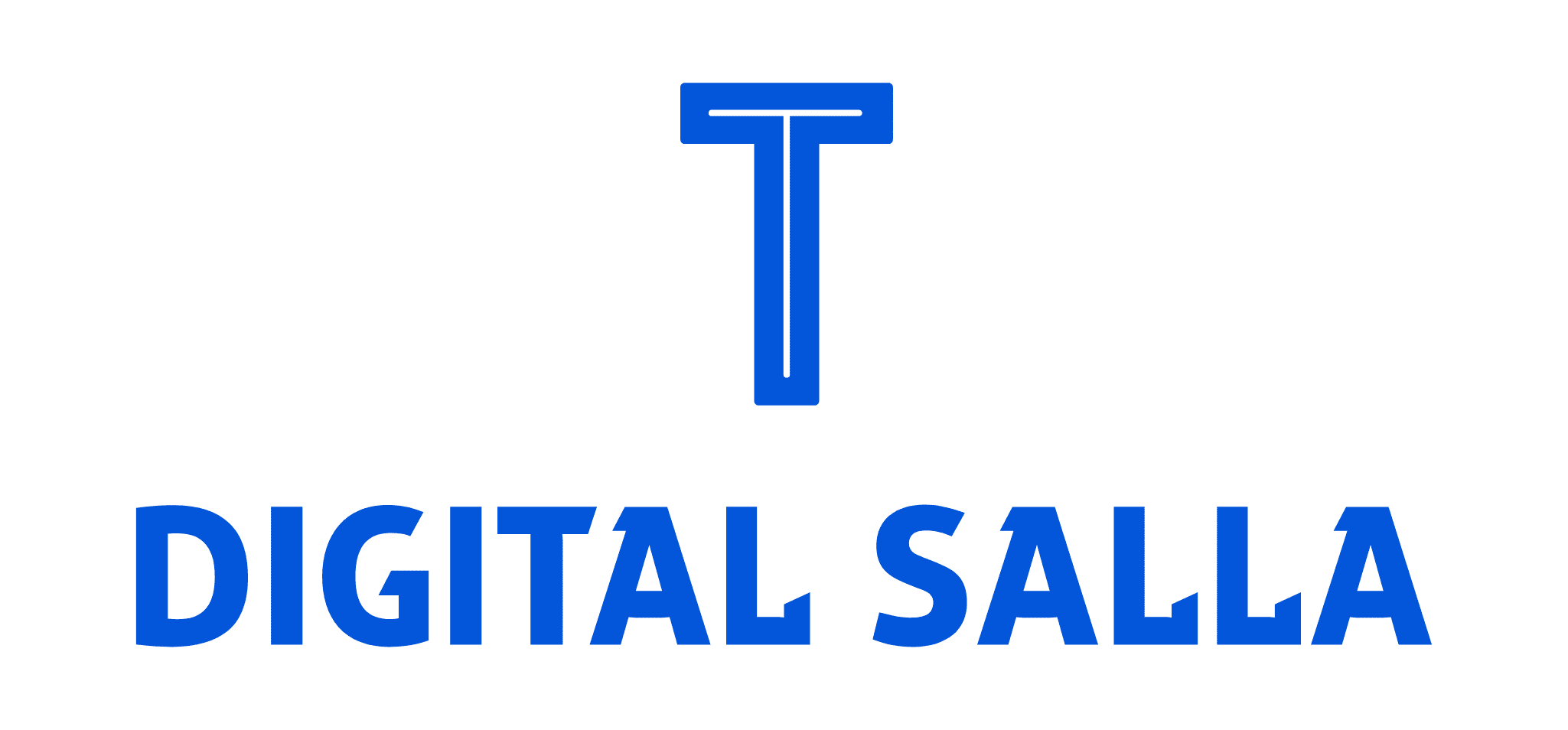Disclosures According to IFRS 7 Standard: Financial Instruments

IFRS 7 Standard, “Financial Instruments: Disclosures,” is one of the key International Financial Reporting Standards (IFRS) that focuses on enhancing the transparency and reliability of information related to financial instruments issued or held by entities. IFRS 7 Standard aims to enable users of financial statements to understand the nature and extent of risks arising from financial instruments, and how these risks are managed by the entity. In this article, we will provide a detailed explanation of IFRS 7 Standard, discuss its objectives, scope, and key disclosure requirements, focusing on the types of risks addressed by the standard, and how to disclose the policies and procedures followed to manage these risks.
What are Financial Instruments?
Financial instruments are contracts that give rise to a financial asset of one entity and a financial liability or equity instrument of another entity. Financial instruments include a wide range of items, such as:
- Cash
- Investments in stocks and bonds
- Loans and advances
- Accounts receivable and payable
- Financial derivatives (such as futures and options)
What is IFRS 7 Standard Financial Instruments: Disclosures?
IFRS 7 is an International Financial Reporting Standard (IFRS) that specifies the disclosure requirements for information about financial instruments in an entity’s financial statements. This standard complements other IFRS that address financial instruments, such as IAS 32 “Financial Instruments: Presentation” and IFRS 9 “Financial Instruments.”
Objectives of IFRS 7 Standard Financial Instruments: Disclosures:
- Improve Users’ Understanding of Financial Risks :IFRS 7 Standard aims to enable users of financial statements to assess the nature and extent of risks arising from financial instruments held or issued by the entity.
- Enhance Transparency of Disclosures: IFRS 7 Standard helps improve the transparency of information related to financial instruments by imposing specific disclosure requirements.
- Provide Useful Information for Decision-Making: IFRS 7 Standard provides information that enables investors, creditors, and other stakeholders to make informed economic decisions about the entity.
- Enhance Comparability: IFRS 7 contributes to improving the comparability of financial information related to financial instruments between different companies.
Scope of IFRS 7 Standard Financial Instruments: Disclosures:
This standard applies to all entities that have financial instruments, regardless of their size or the nature of their business. The scope of the standard includes all types of financial instruments, except for:
- Interests in subsidiaries, associates, and joint ventures that are accounted for in accordance with IAS 28 “Investments in Associates and Joint Ventures” or IFRS 11 “Joint Arrangements.”
- Employers’ rights and obligations under employee benefit plans (to which IAS 19 “Employee Benefits” applies).
- Insurance contracts as defined in IFRS 4 “Insurance Contracts.”
- Financial instruments that fall within the scope of IFRS 2 “Share-based Payment“.
Key Disclosure Requirements under IFRS 7 Standard:
IFRS 7 requires entities to provide disclosures about financial instruments in two main categories:
- Information about the significance of financial instruments for an entity’s financial position and performance:
- Disclosure of the accounting policies used to measure financial instruments.
- Disclosure of the carrying amount of each category of financial instruments at the reporting date.
- Disclosure of items of income, expense, gains, and losses related to financial instruments.
- Disclosure of the fair value of financial instruments, especially if it differs materially from their carrying amount.
- Disclosure of information about fair value and cash flow hedges (if any).
- Information about the nature and extent of risks arising from financial instruments: This section focuses on qualitative and quantitative disclosures about the main risks to which the entity is exposed due to financial instruments. This includes:
- Credit Risk: The risk that the other party to a financial instrument will fail to discharge an obligation.
- Disclosure of policies and procedures followed to manage credit risk.
- Disclosure of the maximum exposure to credit risk.
- Disclosure of concentrations of credit risk.
- Disclosure of information about the credit quality of financial assets.
- Liquidity Risk: The risk that an entity will encounter difficulty in meeting obligations associated with financial liabilities.
- Disclosure of how liquidity risk is managed.
- Disclosure of a maturity analysis of financial liabilities.
- Market Risk: The risk of fluctuations in the prices of financial instruments in the market, including:
- Currency Risk: The risk of fluctuations in foreign exchange rates.
- Interest Rate Risk: The risk of fluctuations in interest rates.
- Other Price Risk: The risk of fluctuations in commodity prices.
- Disclosure of policies and procedures followed to manage market risk.
- Disclosure of a sensitivity analysis for each type of market risk. (For example, how profit or loss and equity would have been affected if the exchange rate had changed by a certain percentage).
- Credit Risk: The risk that the other party to a financial instrument will fail to discharge an obligation.
Importance of Qualitative Disclosures:
IFRS 7 Standard emphasizes the importance of qualitative (descriptive) disclosures in addition to quantitative (numerical) disclosures. Qualitative disclosures aim to explain the entity’s policies and procedures for managing risks, how it assesses these risks, and its objectives for holding financial instruments.
Example of Qualitative Disclosure:
“The company uses interest rate derivatives to hedge against the risk of fluctuations in interest rates on its long-term loans. Interest rate risk is periodically assessed by management, and appropriate hedging instruments are used to mitigate this risk.”
How to Disclose Policies and Procedures for Managing Risks:
An entity must disclose its policies and procedures for managing risks arising from financial instruments, including:
- The entity’s objectives for holding or issuing financial instruments.
- The policies followed for hedging risks.
- The procedures used to measure and monitor risks.
- How concentrations of risk are identified.
- How excessive concentrations of risk are avoided.
Importance of IFRS 7 for Users of Financial Statements:
IFRS 7 Standard provides valuable information to users of financial statements, such as investors and analysts, as it helps them:
- Understand the nature and extent of the financial risks to which the entity is exposed.
- Assess how the entity manages these risks.
- Analyze the impact of financial instruments on the entity’s financial position and performance.
- Compare risk management policies between different companies.
- Make more informed investment and financing decisions.
Challenges in Applying IFRS 7:
- Complexity of Disclosure Requirements: IFRS 7 Standard imposes detailed and comprehensive disclosure requirements, which may be challenging for some companies, especially small and medium-sized enterprises.
- Need for Detailed Data: Applying IFRS 7 Standard requires the availability of detailed data on financial instruments and related risks.
- Judgment: Applying some disclosure requirements may require the use of judgment, which may lead to differences in disclosures between companies.
- Keeping up with Developments: Companies need to keep up with the market developments.
Role of Technology in Applying IFRS 7:
Accounting software and Enterprise Resource Planning (ERP) systems help in applying IFRS 7 Standard more efficiently and accurately by:
- Automating the process of collecting data related to financial instruments.
- Performing the analyses necessary to assess the risks of financial instruments.
- Generating the reports necessary to comply with disclosure requirements.
- Improving the accuracy and comprehensiveness of disclosures related to financial instruments.
IFRS 7 Standard and its Relationship with Other IFRS Standards:
IFRS 7 Standard is closely related to several other IFRS standards, such as:
- IAS 32 “Financial Instruments: Presentation”: Specifies how to present financial instruments in the Statement of Financial Position (Balance Sheet).
- IFRS 9 “Financial Instruments”: Specifies how to recognize and measure financial instruments.
- IFRS 13 Fair Value Measurement: Provides guidelines on measuring fair value.
Companies must apply IFRS 7 in conjunction with these standards to ensure the consistency and comprehensiveness “
Conclusion:
IFRS 7 is an important standard that enhances the transparency and reliability of disclosures related to financial instruments. By understanding the requirements of this standard, users of financial statements can better assess an entity’s financial risks and make more informed decisions.
Companies must comply with the requirements of IFRS 7 Standard to ensure the preparation of high-quality financial statements that meet the needs of investors and other stakeholders. Effective application of IFRS 7 Standard contributes to building confidence in financial markets and improving the efficiency of resource allocation. As financial markets continue to evolve and new financial instruments emerge, it is expected that IFRS, including IFRS 7 Standard, will continue to be updated to ensure that these developments are addressed and that financial information remains relevant and reliable for users of financial statements.
